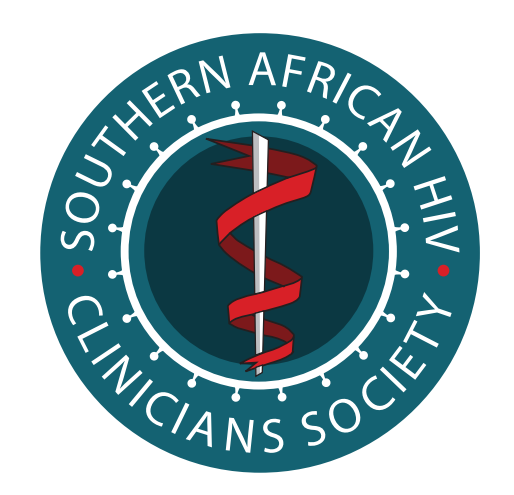Original Research
Utilisation of cervical cancer screening among women living with HIV at Kenya’s national referral hospital
Submitted: 08 December 2021 | Published: 25 April 2022
About the author(s)
James M. Kangethe, Comprehensive Care Center, HIV Medicine, Kenyatta National Hospital, Nairobi, Kenya; and, Department of Medical Microbiology and Immunology, Faculty of Health Sciences, University of Nairobi, Nairobi, Kenya; and, Department of Global Health, International AIDS Research and Training Program, University of Washington, Seattle, United States of AmericaAliza Monroe-Wise, Department of Global Health, University of Washington, Seattle, United States of America
Peter N. Muiruri, Comprehensive Care Center, HIV Medicine, Kenyatta National Hospital, Nairobi, Kenya
James G. Komu, Department of Medical Laboratory Sciences, College of Health Sciences, Jomo Kenyatta University of Agriculture and Technology, Nairobi, Kenya
Kenneth K. Mutai, Comprehensive Care Center, HIV Medicine, Kenyatta National Hospital, Nairobi, Kenya
Mirriam M. Nzivo, Department of Biological Sciences, Jomo Kenyatta University of Agriculture and Technology, Nairobi, Kenya; and, Department of Biological Sciences, University of Embu, Embu, Kenya
Jillian Pintye, Department of Global Health, International AIDS Research and Training Program, University of Washington, Seattle, United States of Americ; and, Department of Biobehavioral Nursing and Health Informatics, University of Washington, Seattle, United States of America
Abstract
Background: In 2009, Kenyatta National Hospital (KNH) integrated cervical cancer screening within HIV care using visual inspection with acetic acid (VIA) and Pap smear cytology.
Objectives: We evaluated utilisation of cervical cancer screening and human papillomavirus (HPV) vaccination among women living with HIV (WLHIV) receiving HIV care at KNH.
Method: From November 2019 to February 2020, WLHIV aged ≥ 14 years were invited to participate in a survey following receipt of routine HIV services. We assessed awareness of cervical cancer, uptake of cervical cancer screening, uptake of the HPV vaccine, and barriers to utilisation of these services. In a subset of survey participants, focus group discussions (FGDs) were also conducted to identify screening barriers.
Results: Overall, 305 WLHIV participated in the survey. Median age was 36 years (interquartile range [IQR]: 28–43), 41% were married, and 38% completed secondary education. Most (90%) had HIV RNA < 1000 copies/mL. Awareness of cervical cancer was high (84%), although only 45% of WLHIV had screened for cervical cancer at the referral hospital and only 13% knew how to prevent high-risk HPV. No participants had received an HPV vaccination. Older age, higher education, and knowledge of the HPV vaccine were associated with higher likelihood of cervical cancer screening (P < 0.05). In FGDs, barriers to utilising the services included user fees, fear of the procedure impacting fertility, age and gender of the provider, and long waiting times.
Conclusion: Despite integration with HIV services, the utilisation of cervical cancer screening was low among WLHIV and implementation barriers contributed to low utilisation.
Keywords
Metrics
Total abstract views: 2412Total article views: 2822
Crossref Citations
1. Cervical cancer screening utilization among HIV-positive women in Edo State, Nigeria
Ngozi R. Osunde, Mercy N. Anayo, Ona Patience, Favour E. Omoregie
MGM Journal of Medical Sciences vol: 11 issue: 2 first page: 318 year: 2024
doi: 10.4103/mgmj.mgmj_133_24
